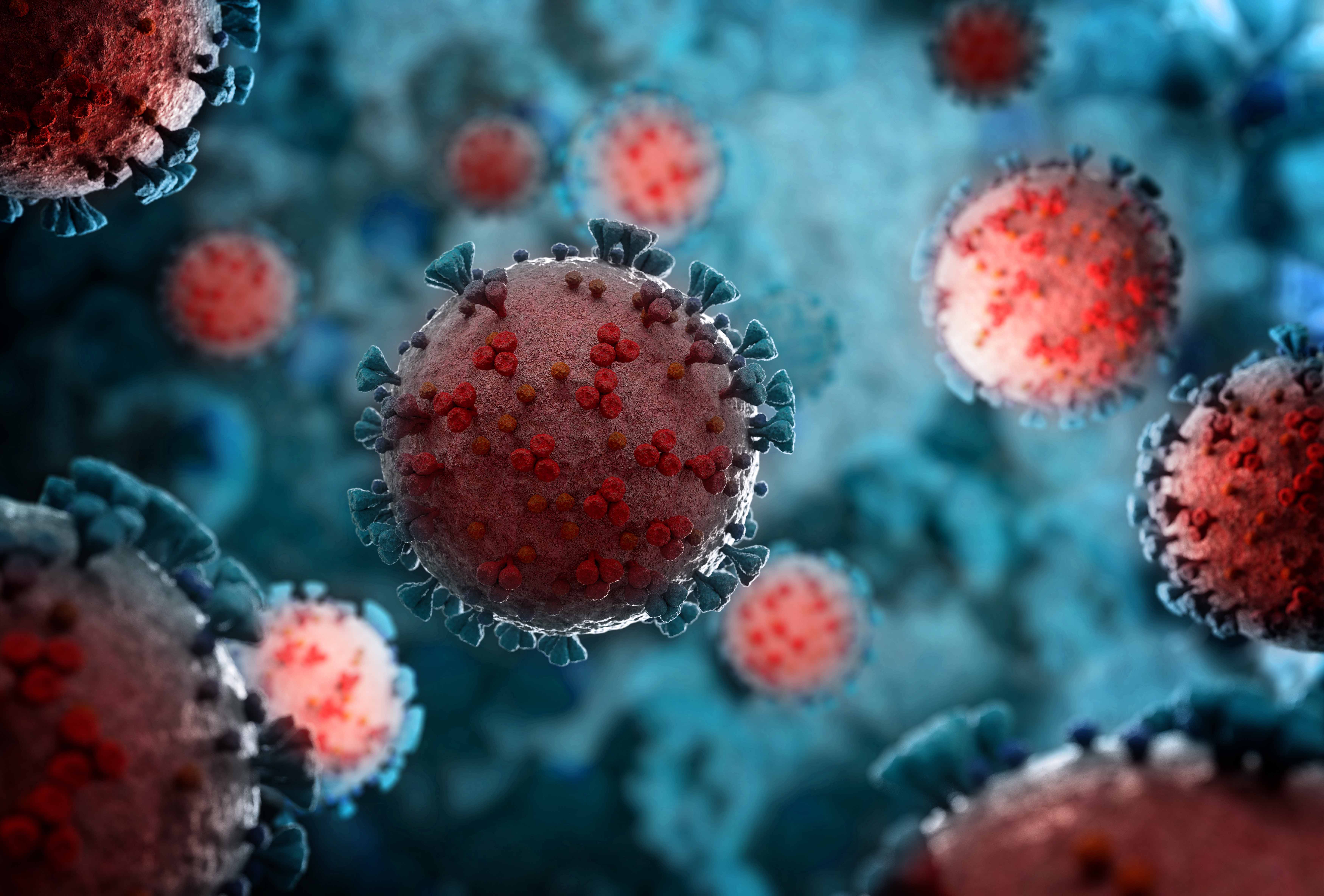While human immunodeficiency virus (HIV) reduces the body's ability to fight off infections, and as COVID-19 quickly spreads around the world, how HIV and COVID-19 interact is one of the questions to which clinicians and the life insurance industry are eagerly searching for an answer.
Fortunately, recent medical studies offer reasons for cautious optimism.
Is HIV a risk factor for SARS-CoV-2 infection?
A report published on April 22, 2020, examined the clinical characteristics of 5,700 patients hospitalized for COVID-19 in New York City between March 1 and April 4, 2020. Of the 5,700 patients, only 43 (0.8%) patients had HIV. [1] As the background prevalence of HIV in New York City is approximately 1.3%, the data may suggest that HIV in itself is not a risk factor for greater vulnerability to SARS-Cov-2 infection.
Are people living with HIV more likely to develop severe illness once infected with SARS-CoV-2?
An earlier report based on preliminary data from Spain states, “We have seen that PLWH are not at increased risk of acquiring COVID-19 or of progressing to acute respiratory distress syndrome (ARDS) once infected,” even among “those with unsuppressed HIV viremia.” [2]
Later peer-reviewed case series of PLWH and co-infected with COVID-19, although of small study size, suggest no evidence for a different disease course than in HIV-negative people. [3-5] In Interim Guidance for COVID-19 and Persons with HIV, the U.S. Department of Health and Human Services cautiously advises, “The limited data currently available does not indicate that the disease course of COVID-19 in persons with HIV differs from that in persons without HIV.” [6]
What about individuals with advanced HIV infection?
There is very little published data to support an evidence-based answer to this question at the current time. Before the advent of effective combination antiretroviral therapy (ART), advanced HIV infection was proven to be associated with a significantly increased risk of respiratory infections. Thus, unless new studies change what is already known, it should be assumed that anyone with an impaired CD4 response to be at risk for a more severe COVID-19 disease presentation. Currently, the U.S Centers for Disease Control and Prevention considers PLWH with a low CD4 count or those not on ART as potentially vulnerable to more severe COVID-19 disease. [7] However, the CDC did not specify the CD4 threshold of concern, 350 versus 500 cells/mm3, which could again be due to the scarcity of data. It may be prudent to refer to the higher applicable threshold or discuss with a medical officer.
What other challenges might the life insurance underwriter encounter when assessing PLWH during the COVID-19 pandemic?
The burden of HIV infection and treatment resources vary considerably between countries and regions. With the likely disruption in healthcare systems caused by the pandemic in many countries, it may be more important than ever that underwriters incorporate local context considerations when applying global guidelines in individual risk assessment.
Current evidence suggests that the risk of severe COVID-19 illness increases with age, male gender, and with certain chronic co-morbid medical problems such as cardiovascular disease, chronic lung disease, and diabetes. In many high-income countries, almost half of people living with HIV are older than 50 years. [8] Chronic co-morbid medical problems including myocardial infarction, stroke, diabetes, renal failure, frailty, and cognitive decline are more common in people living with HIV than in the general population. [9] Therefore, it is crucial for an underwriter to evaluate HIV-associated, non-communicable disease risk before confirming that a proposed insured meets risk assessment guidelines during the pandemic.
At the same time, in many low- and middle-income countries, lockdowns in response to the COVID-19 pandemic are causing significant barriers to healthcare access, and drug shortages are of particular concern. [10,11] Furthermore, there has been very limited data on COVID-19 outcomes among PLWH, especially in resource-poor settings. Currently, most low- and middle-income countries are still in the midst of the pandemic without a clear exit in sight. Thus, in addition to a careful review of the medical history to identify any HIV complications and comorbidities, underwriters should ensure ongoing treatment and care are reliably available.
Summary
Based on current data, people living with well-controlled HIV infection have not been found to have an increased risk of acquiring SARS-CoV-2 infection or experiencing greater severity of the disease. However, PLWH who are not on effective treatment or remain in an immunocompromised state are likely more vulnerable to COVID-19. Prudent risk stratification incorporating both individual risk factors and market-specific risk exposure is recommended.



